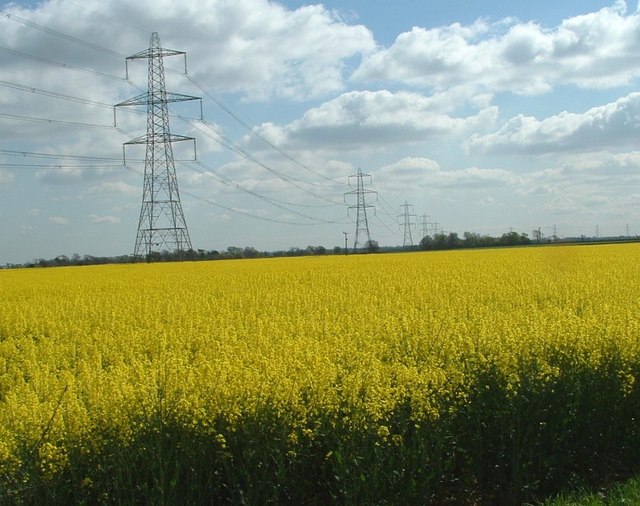Asthma
To get general information about asthma in children, please visit the zero to six portion of this course.
Children who have asthma experience difficulty breathing. This is caused by a constriction of the airways in the lungs (Fig. 1). Asthma attacks can last a few minutes or a few days. Some attacks are more acute or intense than others. An intense (or acute) asthma attack can look very frightening, especially to a child who may be watching a classmate during an asthma attack. Some of the signs of an asthma attack include (adapted from the BC Ministry of Education):
Figure 1. Lungs
- Coughing and wheezing;
- Feelings of tightness in the chest;
- Looking pale and tired;
- Sweating;
- Difficulty walking and/or talking;
- Difficulty breathing.
An asthma attack can be triggered by exposure to certain products or materials. It is very important that classrooms be free of these materials, if they do trigger asthma attacks in a child. They include:
- Dust;
- Art and craft supplies (which may need to stored outside the classroom, when not in use);
- Strong odors;
- Chalk dust;
- Pollen in the spring and fall (Fig. 2).
Figure 2. Pollen in spring and fall
Children who have asthma can be at a disadvantage in school because they tend to be absent more often than other children. They sometimes perform less well academically than their peers because some of them miss many school days each year. In order to make sure that children who have asthma still feel that they belong in the classroom, teachers can:
- Make outlines of class lessons and mail or email them to the family;
- Write a “get well soon” card, get all the students to sign it, and send it to the family;
Children who have asthma do not usually have Individual Education Plans (IEPs). The school nurse is usually involved in the child’s care, and knows how and when to intervene if the child has an asthma attack at school. The school nurse can also train other staff what to do in case the child suffers a major asthma attack.
Children who have asthma will need to be monitored and may need extra help. Here are a few suggestions:
- Lines of communication should be kept open between the family and the school. Parents can update the school about any changes in their child’s condition;
- An emergency plan should be put in place so caregivers know what to do should the child suffer a major asthma attack;
- The signs and symptoms of an asthma attack should be made known to those who work closely with the child;
- Classmates and other students should be told about asthma and how it is treated. They should also be made aware of the signs and symptoms of an asthma attack. Knowing what to expect in case of an asthma attack may make it easier on the children to see one if it ever occurs in their presence.
Some children who have asthma may experience sadness because they may not be able to participate in certain types of sports or because they cannot be in certain places (for example, in the park in the spring and fall, when pollen is at its highest level). It is very important that the child’s mental health be monitored and that regular sessions with the school counselor be provided if and when they are needed.
Some children who have asthma will need medical treatment. To learn about some of the medical treatments that are available to children with asthma, please visit the birth to six section of this course.
Most children who have asthma grow up to become fully contributing members of society. They lead full and typical lives.



0 comments
Kick things off by filling out the form below.
Leave a Comment